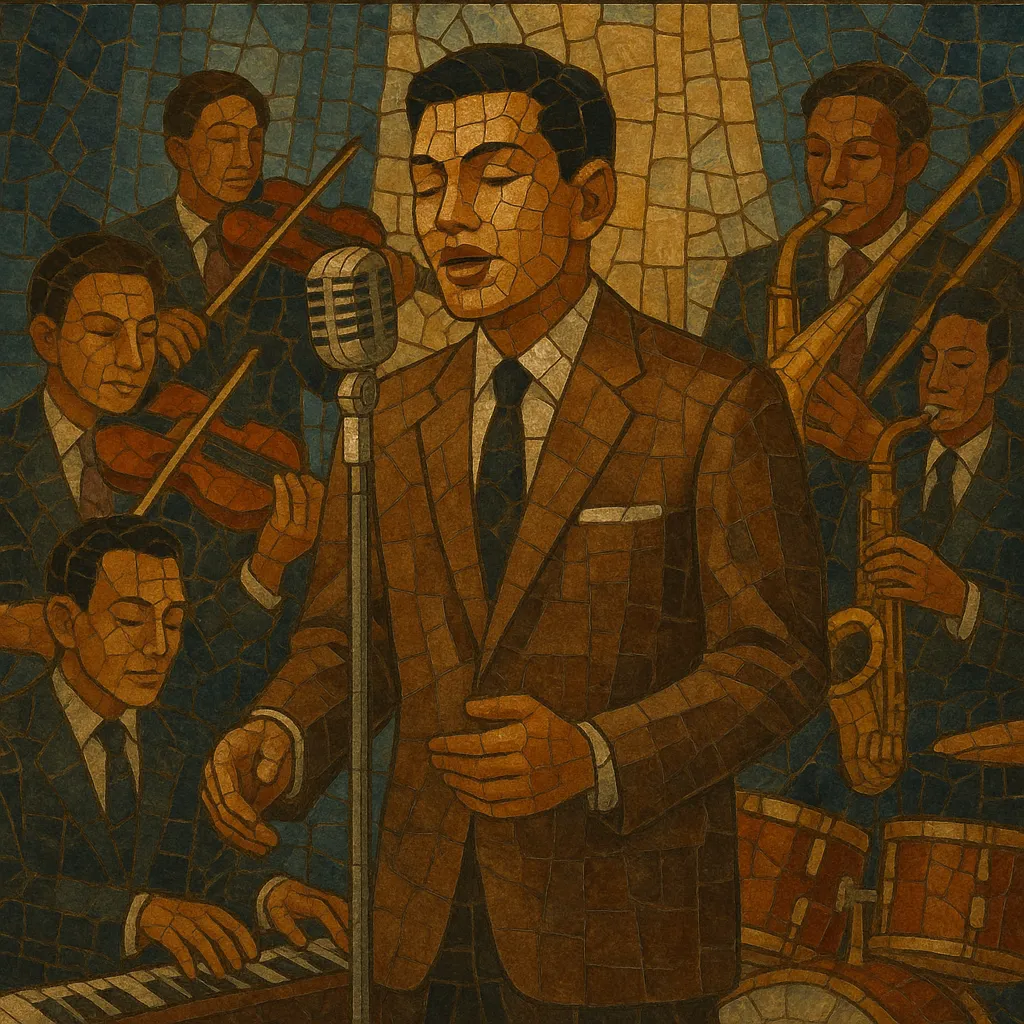Luk krung ("urban child") is a sophisticated Thai popular music style that emerged in Bangkok’s urban milieu. It contrasts with luk thung ("country child") by favoring refined, urbane lyrics, polished arrangements, and crooning vocal delivery.
Musically it blends Western big-band jazz, swing, ballroom dance rhythms (waltz, rumba, bolero), and classical string writing with Thai melodic sensibilities and prosody. Typical performances feature elegant melodies, lush strings, woodwinds and brass, and a suave rhythm section supporting expressive, carefully articulated Thai vocals.
The genre is closely associated with the Suntharaporn orchestra and mid‑20th‑century cosmopolitan culture in Thailand, and it continues to inform contemporary Thai pop balladry and orchestral arrangements.
Luk krung formed in Bangkok during a period of modernization when Western music gained visibility in dance halls and radio. Composer–bandleader Eua Sunthornsanan founded the Suntharaporn orchestra (1939), integrating Western harmony, big‑band textures, and ballroom rhythms with Thai melodic contours and linguistic nuance. This created a new "urban" idiom that contrasted with rural‑leaning styles.
Post‑war prosperity, cinema, and national radio expanded the audience. Crooning singers and polished orchestration defined the genre, with hits often in waltz, rumba, and bolero time. The repertoire emphasized romance, urban life, and poetic diction, establishing luk krung as Thailand’s urbane mainstream.
While rock, funk, and folk movements rose, luk krung’s orchestral craft and vocal aesthetics continued to shape Thai pop ballads, variety shows, and film. Arrangers incorporated contemporary chord extensions and studio techniques, but the genre’s refined diction and crooner style remained central.
Reissues, tribute concerts, and televised orchestral programs re‑centered classic repertoire. Luk krung’s arranging vocabulary—strings, woodwinds, and ballroom grooves—persists in T‑pop ballads, adult contemporary formats, and heritage performances, preserving its identity as Thailand’s emblem of urbane songcraft.
Aim for an urbane, elegant mood. Use Thai lyrics with refined, poetic diction and clear enunciation. Favor crooning, controlled vibrato, and expressive legato phrasing.


